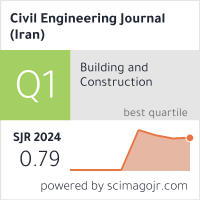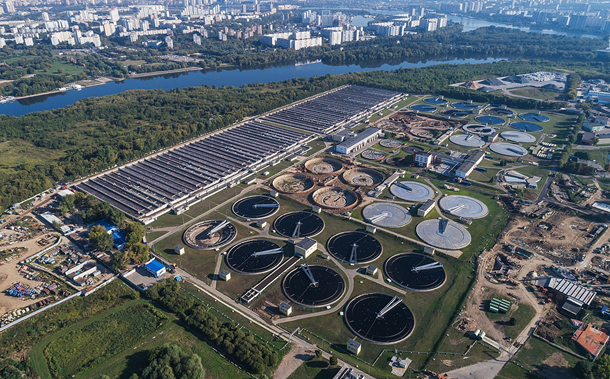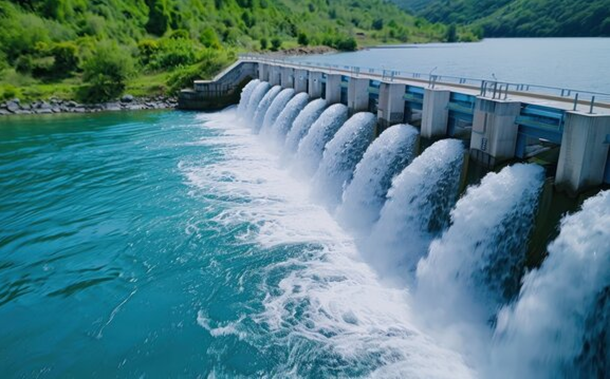Examining the Compressive Behavior of SFRC and SCC Using Finite Element and Experimental Methods
Downloads
Doi:10.28991/CEJ-2025-011-03-017
Full Text:PDF
Downloads
[2] Vairagade, V. S., & Kene, K. S. (2013). Strength of normal concrete using metallic and synthetic fibers. Procedia Engineering, 51, 132–140. doi:10.1016/j.proeng.2013.01.020.
[3] Choudhary, V. (2017). A Research Paper on the Performance of Synthetic Fibre Reinforced Concrete. International Research Journal of Engineering and Technology, 4(12), 1661–1663.
[4] Mehta, P.K. and Monteiro, P.J.M. (2006) Concrete: Microstructure, Properties, and Materials (3rd Ed.) McGraw-Hill, New York, United States.
[5] Abed, H. (2019). Production of Lightweight Concrete by Using Construction Lightweight Wastes. Engineering and Technology Journal, 37(1A), 12–19. doi:10.30684/etj.37.1a.3.
[6] The Constructor. (2021). Fiber Reinforced Concrete - Types, properties and Advantages of Fiber Reinforced Concrete. The Constructor, Gopal Mishra. The Constructor, Zurich, Switzerland. Available online: https://theconstructor.org/concrete/fiber-reinforced-concrete/150/ (accessed on February 2025).
[7] Dawood, E. T., Abdullah, M. H., & Plank, J. (2022). The Influence of Hybrid Fibers and Nanomaterials (Nano Glass with Nano Slag) on the Behavior of Reactive Powder Concrete. International Journal of Sustainable Construction Engineering and Technology, 13(3), 159–173. doi:10.30880/ijscet.2022.13.03.015.
[8] Dawood, E. T., & Al-Heally, M. S. F. (2021). Effect of recycled materials and hybrid fibers on the properties of self-compacting concrete. Journal of Applied Engineering Science, 19(1), 262–269. doi:10.5937/jaes0-28558.
[9] Ayub, T., Khan, S. U., & Shafiq, N. (2018). Flexural Modelling and Finite Element Analysis of FRC Beams Reinforced with PVA and Basalt Fibres and Their Validation. Advances in Civil Engineering, 8060852. doi:10.1155/2018/8060852.
[10] Rashidi, M., Kargar, S., & Roshani, S. (2024). Experimental and numerical investigation of steel fiber concrete fracture energy. Structures, 59, 105792. doi:10.1016/j.istruc.2023.105792.
[11] Al_jubory, N., Ahmed, T., & Zidan, R. (2020). A Review on Mix Design of Self-Compacting Concrete. Al-Rafidain Engineering Journal (AREJ), 25(2), 12–21. doi:10.33899/rengj.2020.126727.1017.
[12] Akinpelu, M. A., Odeyemi, S. O., Olafusi, O. S., & Muhammed, F. Z. (2019). Evaluation of splitting tensile and compressive strength relationship of self-compacting concrete. Journal of King Saud University - Engineering Sciences, 31(1), 19–25. doi:10.1016/j.jksues.2017.01.002.
[13] Chowdhury, Md. A., Islam, Md. M., & Ibna Zahid, Z. (2016). Finite Element Modeling of Compressive and Splitting Tensile Behavior of Plain Concrete and Steel Fiber Reinforced Concrete Cylinder Specimens. Advances in Civil Engineering, 6579434, 1–11. doi.:10.1155/2016/6579434.
[14] Saffar, N. S. A., & Aghwan, A. A. A.-R. (2020). Nonlinear Finite Element Analysis of Shear Strength for Steel Fiber Reinforced Concrete I-Section Beams. IOP Conference Series: Materials Science and Engineering, 978, 012028. doi:10.1088/1757-899x/978/1/012028.
[15] IQS. No. 5. (2019). Portland Cement. Iraqi Standard Specifications, Baghdad, Iraq.
[16] IQS. No. 45. (1980). Natural Resources Aggregate Used in Concrete and Building. Iraqi Standard Specifications, Baghdad, Iraq.
[17] ASTM C39/C39M-20. (2021). Standard Test Method for Compressive Strength of Cylindrical Concrete Specimens. ASTM International, Pennsylvania, United States. doi:10.1520/C0039_C0039M-20
[18] ASTM C143/C143M-10. (2010). Standard Test Method for Slump of Hydraulic-Cement Concrete. ASTM International, Pennsylvania, United States. doi:10.1520/C0143_C0143M-10.
[19] BS 1881-116. (1983) Testing Concrete. Method for Determination of Compressive Strength of Concrete Cubes. British Standard Institute (BSI), London, United Kingdom.
[20] ABAQUS. (2009). Standard User's Manual. (Version 6.9). Dassault Systèmes, Vélizy-Villacoublay, France.
[21] Malm, R. (2006). Shear cracks in concrete structures subjected to in-plane stresses. Ph.D. Thesis, KTH Royal Institute of Technology, Stockholm, Sweden.
[22] Misra, A., & Poorsolhjouy, P. (2015). Granular micromechanics model for damage and plasticity of cementitious materials based upon thermomechanics. Mathematics and Mechanics of Solids, 25(10), 1778–1803. doi:10.1177/1081286515576821.
- Authors retain all copyrights. It is noticeable that authors will not be forced to sign any copyright transfer agreements.
- This work (including HTML and PDF Files) is licensed under a Creative Commons Attribution 4.0 International License.![]()















